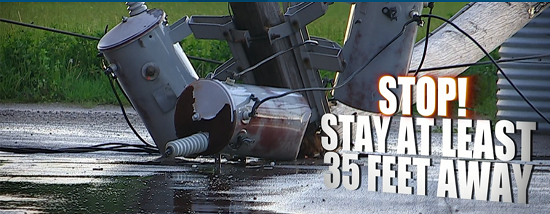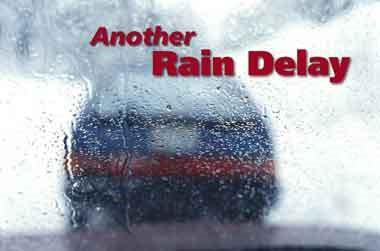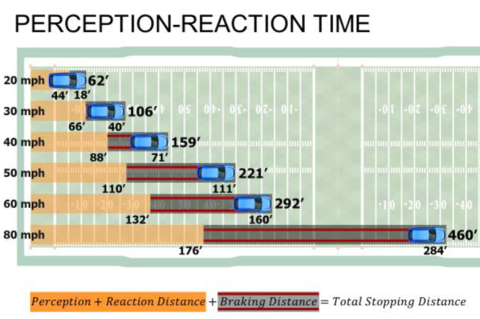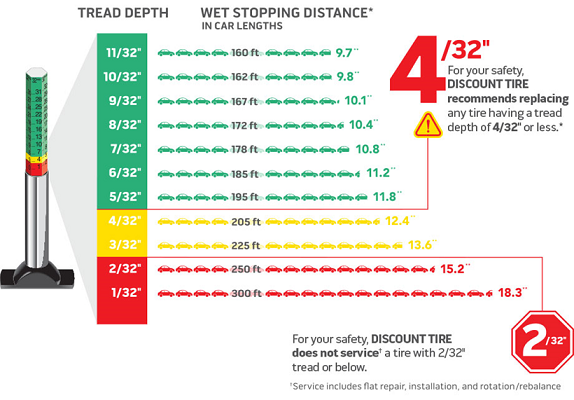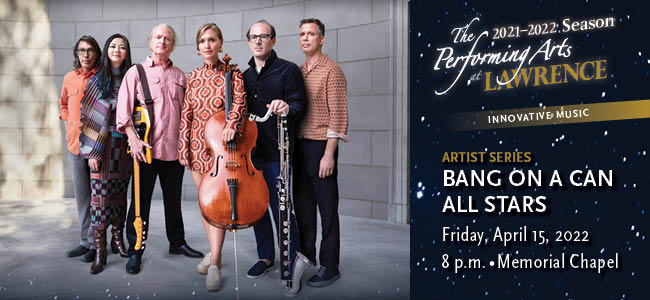Monday April 25th, Main Hall 201, 4:30pm, “Dying well: A bioethicist’s notes from a global pandemic” by Yolonda Wilson, Departments of Health Care Ethics, Philosophy, and African American Studies, St. Louis University
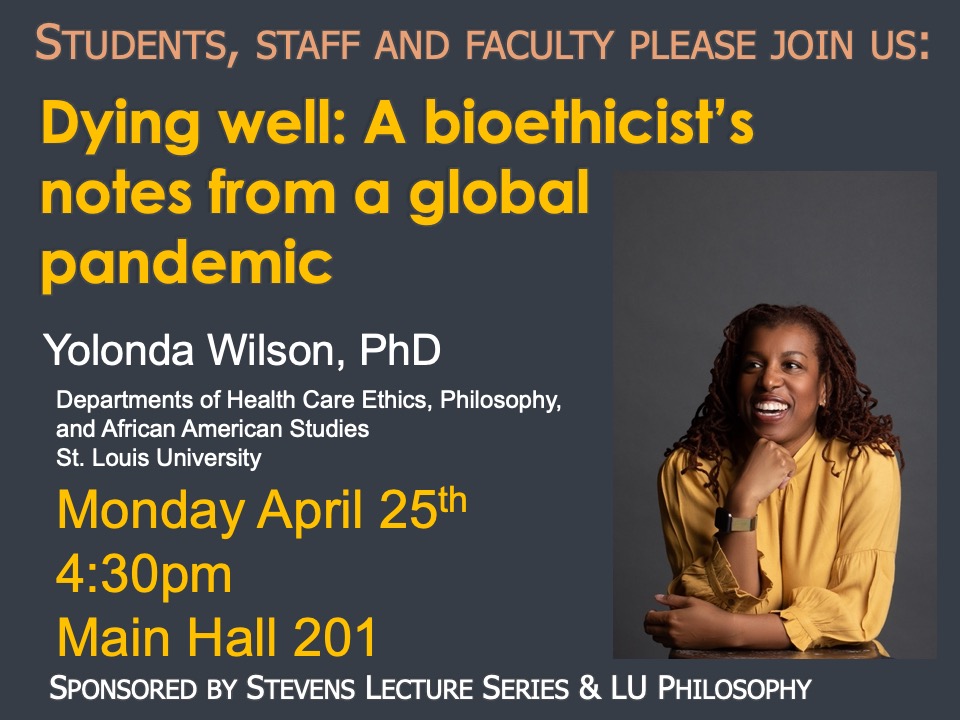
Tuesday April 26th, Main Hall 201, 4:30pm “What is a 7? The Phenomenology of Pain and Assessing Another’s Experience” by Yolonda Wilson, Departments of Health Care Ethics, Philosophy, and African American Studies, St. Louis University



